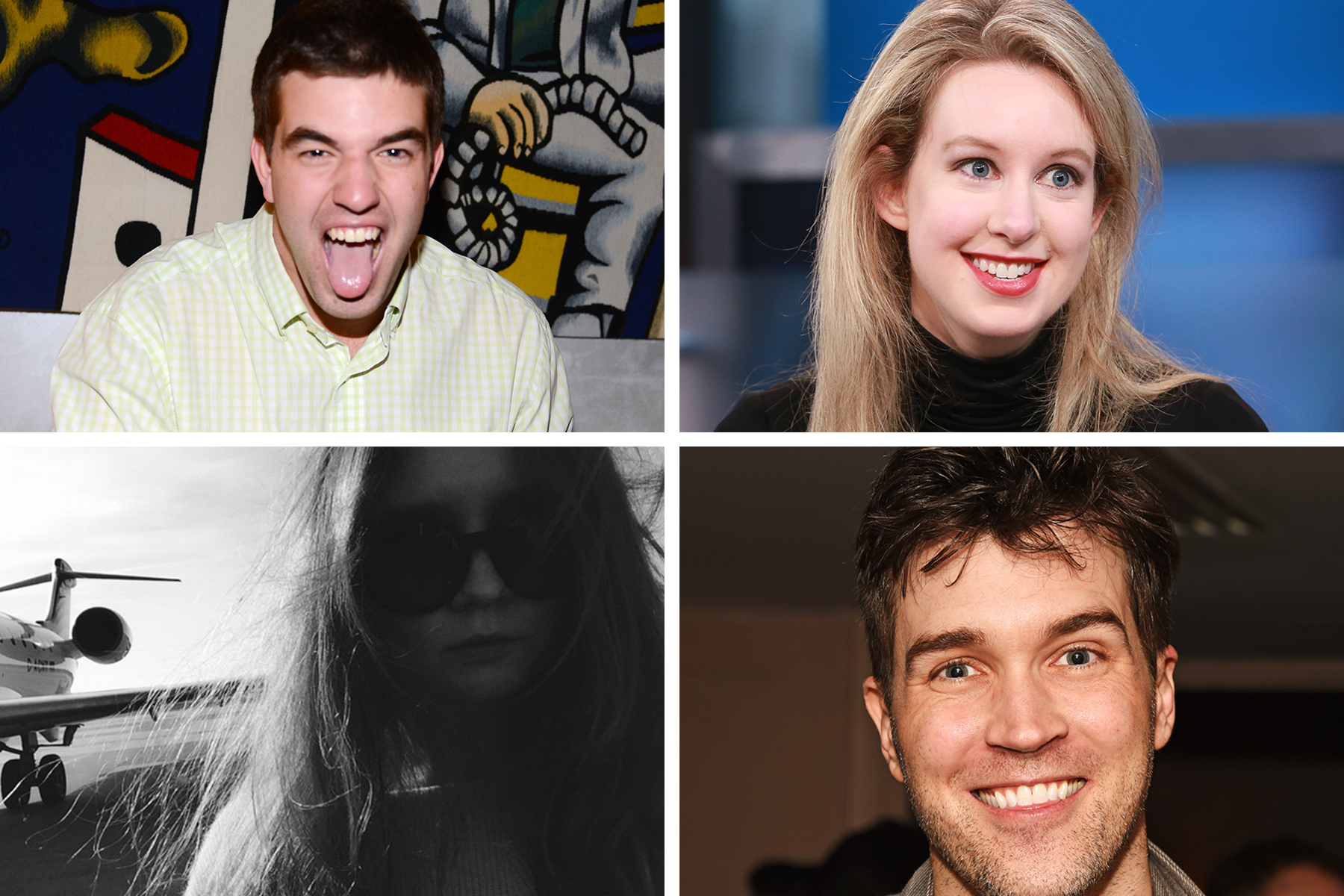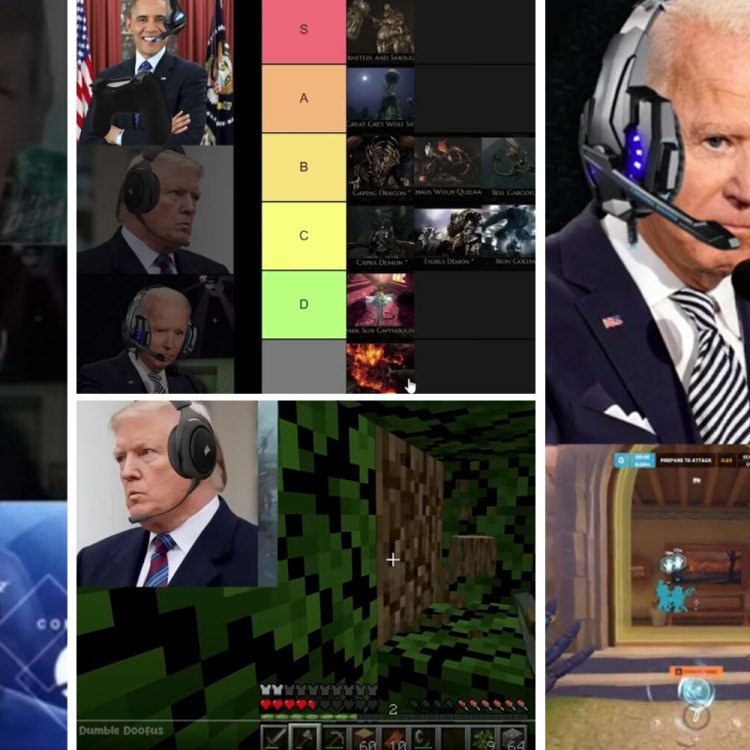When Bridget Gushue was a teenager, her walls were plastered with posters of Avril Lavigne and her “idol” Britney Spears. She was only 12 when Cinderella Story and Mean Girls came out, but she saw them both in theaters despite their respective PG and PG-13 ratings. She bought the new issue of J-14 magazine every month.
“My mom probably spent like a million dollars buying those magazines for me,” the 28-year-old, who now lives in Boston, tells InsideHook.
Gushue carried that obsession into adulthood: She started @literaltrash2004 in 2015, an Instagram account dedicated to paparazzi shots and magazine spreads featuring aughts icons: a pink Juicy Couture-clad Paris Hilton clutching hands with former flame Deryck Whibley or Jessica Simpson posing next to a cake emblazoned with an illustration of her face. As of today, the account has more than 36,000 followers.
“My friends and I would always say to each other, ‘You’re literal trash,’” Gushue explains. “It just goes along with the whole kind of aesthetic: the fake tan, the bleach blonde hair, the bad extensions, the miniskirts. It all has this trashy appeal.”
Gushue and her peers spent their adolescence and teen years worshiping at the altar of It Girls and movie stars who flamed up and then fizzled out in the grocery-store tabloids. Some of the most iconic celebrity moments emerged out of a paparazzo’s flashbulb, leaving an indelible imprint on the psyche of young millennials. Lucky for them there’s never been a better time to revive ’90s and aughts nostalgia, because pop culture is currently in full-tilt throwback mode.
Rosewell and High Fidelity are back on our screens (though the latter was canceled earlier this week), and the Babysitters Club is a Netflix show. Celebrity supermodels are in the midst of a renaissance; the Big Five of ’90s supermodels have been replaced by Kendall Jenner, Kaia Gerber, Cara Delivigne, and Gigi and Bella Hadid. And now, a series of accounts like Gushue’s, with names like @conde.nasty, @vintagevirgin and @y2k.slut, which pay homage to on-screen idols of the past several decades, are proliferating on Instagram. Unapologetic devotees of bad fashion, high cheekbones and all things trashy, these accounts are internet shrines to celebrities like Paris Hilton, Kate Moss, Gwen Stefani and Mariah Carey.
Most of these accounts have popped up in the past two years, though a few, like Gushue’s, go back further. Every single account owner interviewed for this article confirmed that their followers are around 80 percent women, ranging mostly in age from 18 to 35. In other words, they are millennials clamoring to reclaim their young adulthood.
“The appeal is in the nostalgia behind it. The internet can feel just toxic, with people posting pictures of themselves, you compare yourself to others. And this is a place where none of that really matters,” says Hannah White. She started her account, @doyoulovethe2000s, in 2018, after re-watching The Simple Life.
Gushue agrees. After posting in support of Black Lives Matter on May 30, she recalls feeling conflicted about when to return to her normal content, knowing that her audience is more interested in taking a break from the news cycle than confronting it.
“People definitely follow these kinds of things to get away from reality,” she says, “because it brings back memories of when the world wasn’t so chaotic.”
She’s right: These tiled glimpses into the not-so-distant past ease the particular turmoil of our current historical moment. Each account is a portal through which we momentarily trade the chaos of the Trump era for a chaotic shot of a cigarette-smoking Winona Ryder walking to her car with Brittany Murphy.
Back then, fans felt earnest affection for their idols; the tone of Instagram celebrity nostalgia is just as reverential 20 years later. On today’s ’90s and aughts nostalgia Instagram pages, “it’s all love,” says Gushue. Though she sees the humor in crotch-skimming miniskirts and a rhinestone studded Sidekick, @literaltrash2004 is supposed to be a genuine celebration of women like Britney Spears and Paris Hilton. That’s a stark contrast to the reigning tone of pop culture today, which tends more toward cynicism and irony. While audiences might feel inclined to mock the era’s many ridiculous and unflattering fashion trends, White sees it differently.
“Everything had much more personality with it, whether it was a Nokia phone case you pick out or the way you bedazzled your phone,” she says. “Now everyone just has the same iPhone. Back then people dressed with more personality. There weren’t as many celebrity stylists back then, so a lot of people were styling themselves.”
Nineties style is in our fashion DNA now, whether we like it or not. In fact, the boom in Instagram accounts dedicated to celebrity nostalgia from this era is happening at the same time that platforms, pleated skirts and crop tops from Friends and Clueless are hitting runways and off-duty model looks.
Yeraldy Nunez, a 21-year-old from Mexico, says she originally started @90sclassy because she’s “obsessed” with ’90s fashion, but she also wants to correct some of the whitewashing that occurred during the era. “As a Latina, it’s really important for me to share my culture with my followers, so I love posting Latin icons from music and cinema like Selena Quintanilla, Gustavo Cerati, Jennifer Lopez or Salma Hayek.”
Instagram celebrity nostalgia is also an attempt to rewrite a slightly sordid history. The tabloids cast ’90s and aughts celebrities as vapid, dumb, greedy, materialistic and messy. Paparazzi stalked and harassed celebrities while gossip writers ridiculed them, especially women, to the point of mental breakdown. Chris Crocker became immediately iconic when he begged the public to “leave Britney alone” in 2007; perhaps his pleas marked the beginning of the era of celebrity worship.
“They really body-shamed women back then. It was obvious that Britney was not okay, but they made fun of her. They called her fat. And I’m like, ‘What are you even talking about?’” says Costa Paes. Paes grew up in the heavily Catholic Dutch province of Gelderland, and as a gay teenager found refuge in celebrity gossip sites like TMZ, where he felt like he could relate to the celebrities who stayed true to their aesthetic despite media scrutiny. Paes now runs @literally.iconic, where the celebrities on his page are revered, not ridiculed. “Or I remember the People magazine cover with Heidi Montag where it says she’s addicted to plastic surgery. If you did plastic surgery back then you were a mess, but right now it’s so normal.”
The people bringing celebrity nostalgia to Instagram are in the business of image rehabilitation. They recognize their celebrity idols as the profoundly influential, trailblazing, trendsetting women they actually were. Very few are still famous today, overtaken by viral TikTok sensations, but this is their chance to reclaim their celebrity in the digital age. Turns out their fans are just as devoted as ever.
Looking back fondly on the frivolous dramas between It girls and pop stars is an escape from the much higher stakes woes of the now — as well as perhaps a vision of the future, when we all might be channeling our inner Paris Hilton, dancing on a tabletop somewhere. But it’s also a reminder that we didn’t do right by these women the first time around. Their social media resurrection solidifies their status as, well, literal icons, the trashy princesses who ruled our lives. We didn’t forget them. And they still deserve our allegiance.
This article was featured in the InsideHook newsletter. Sign up now.





















